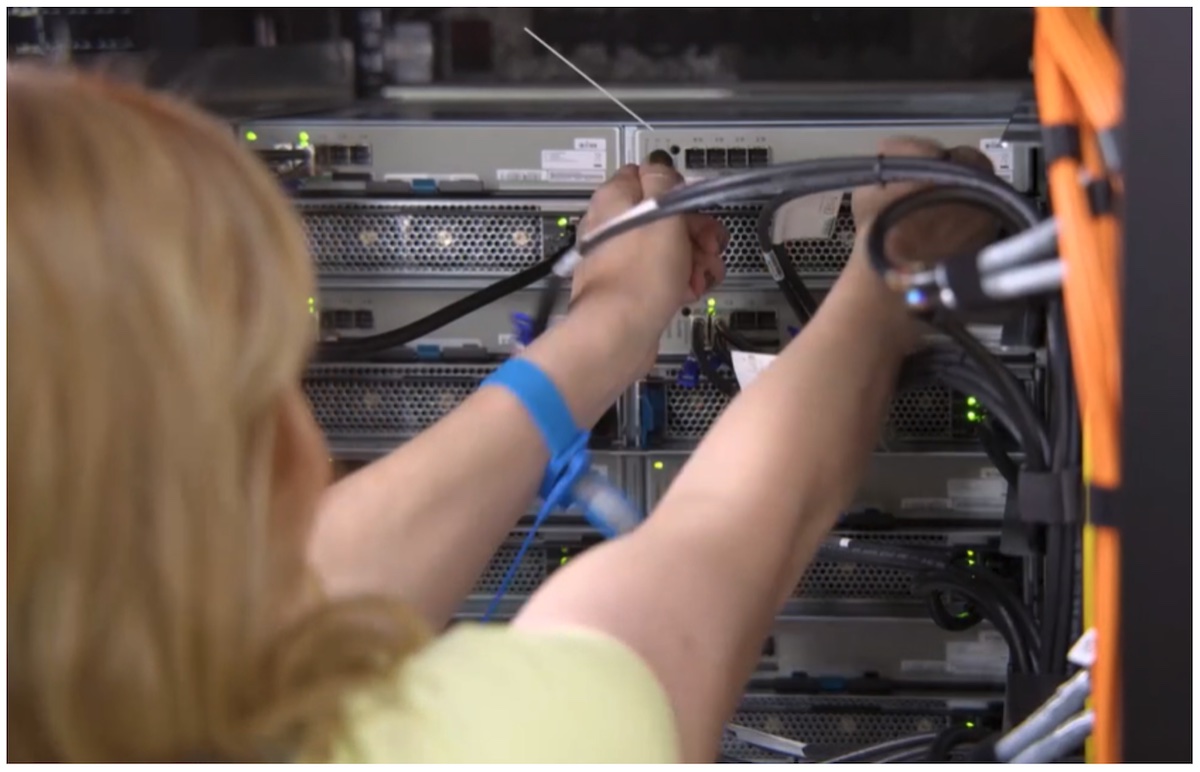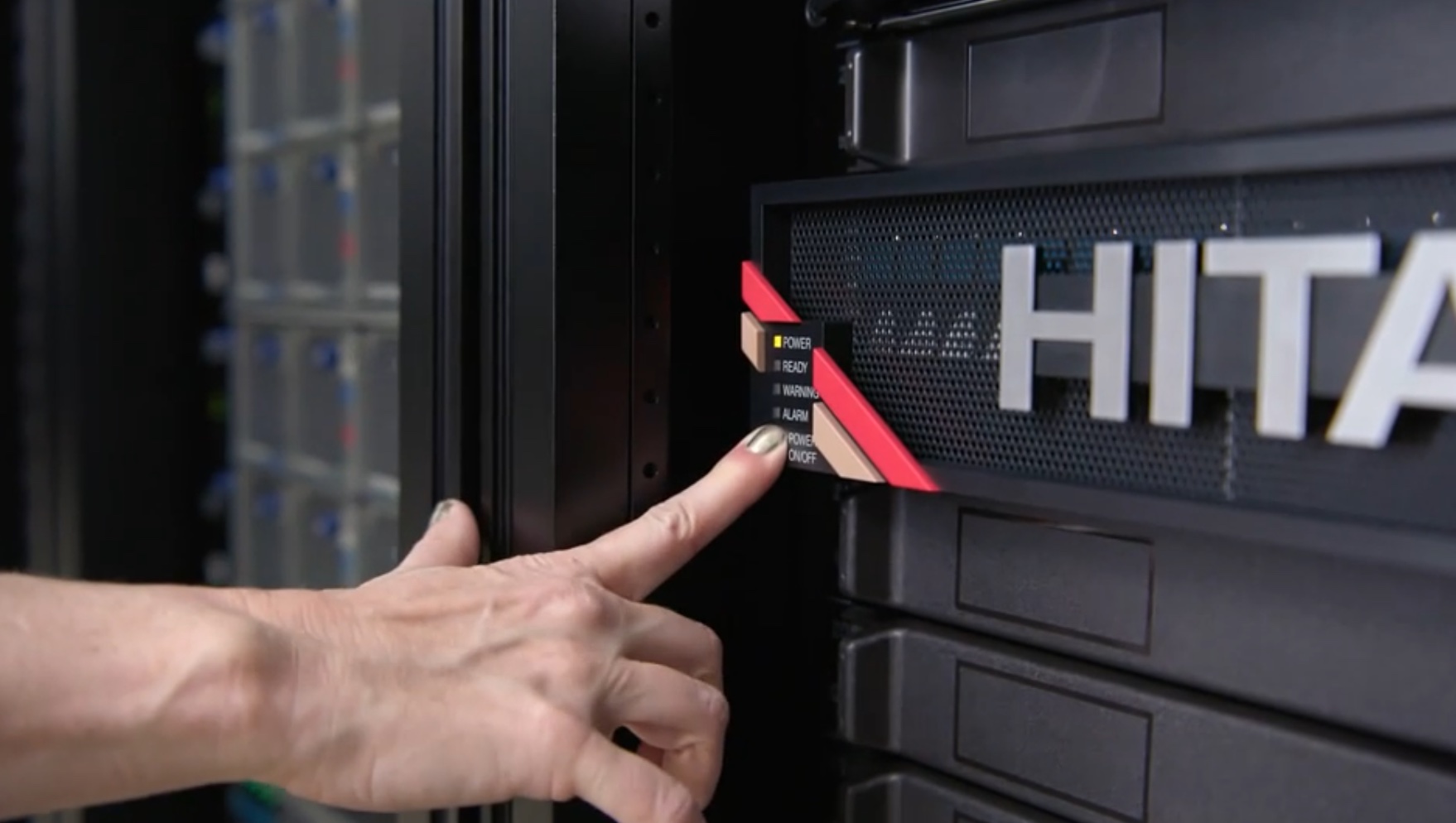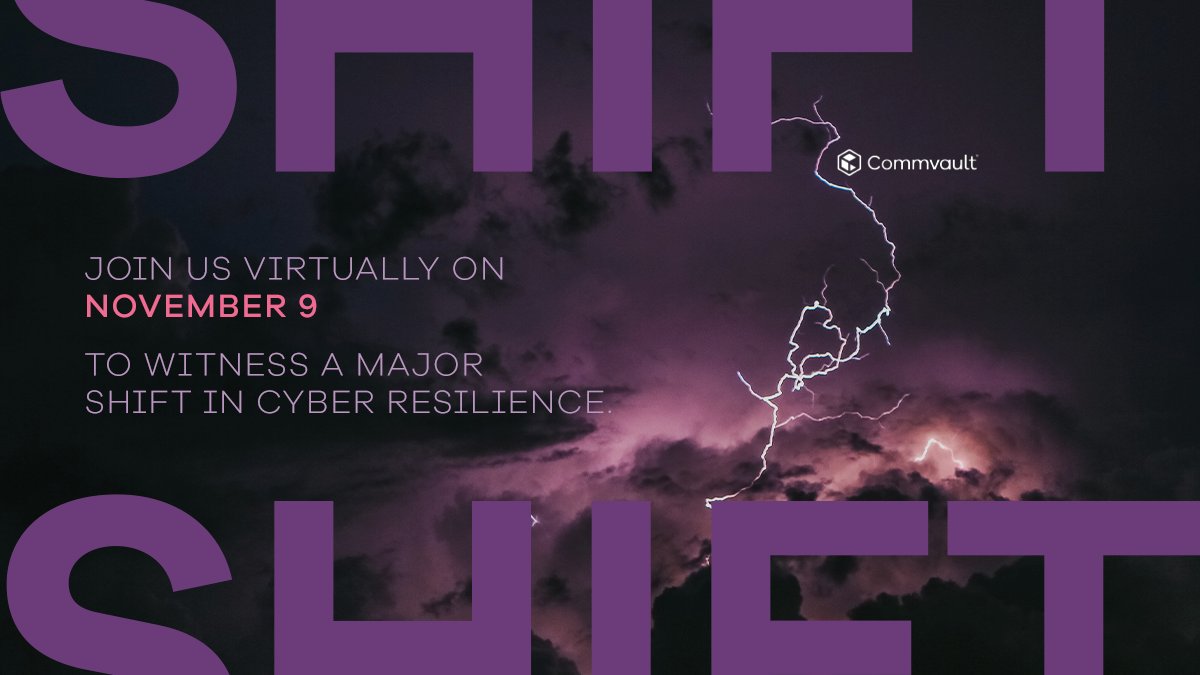Hitachi Vantara has a long history in providing high availability, but that was put to the test in their recent “Unbreakable” video with Kari Byron. As we discussed with William Jansen van Nieuwenhuizen, her sudden pulling the plug stood out even with over 1,300 annual PoCs and demos. Even a sudden power outage didn’t stop application processing, and the system stayed up even when the second site was taken offline. There are many nuances to high availability, and this video series, sponsored by Hitachi Vantara, gave us a chance to consider what it means to be Unbreakable.
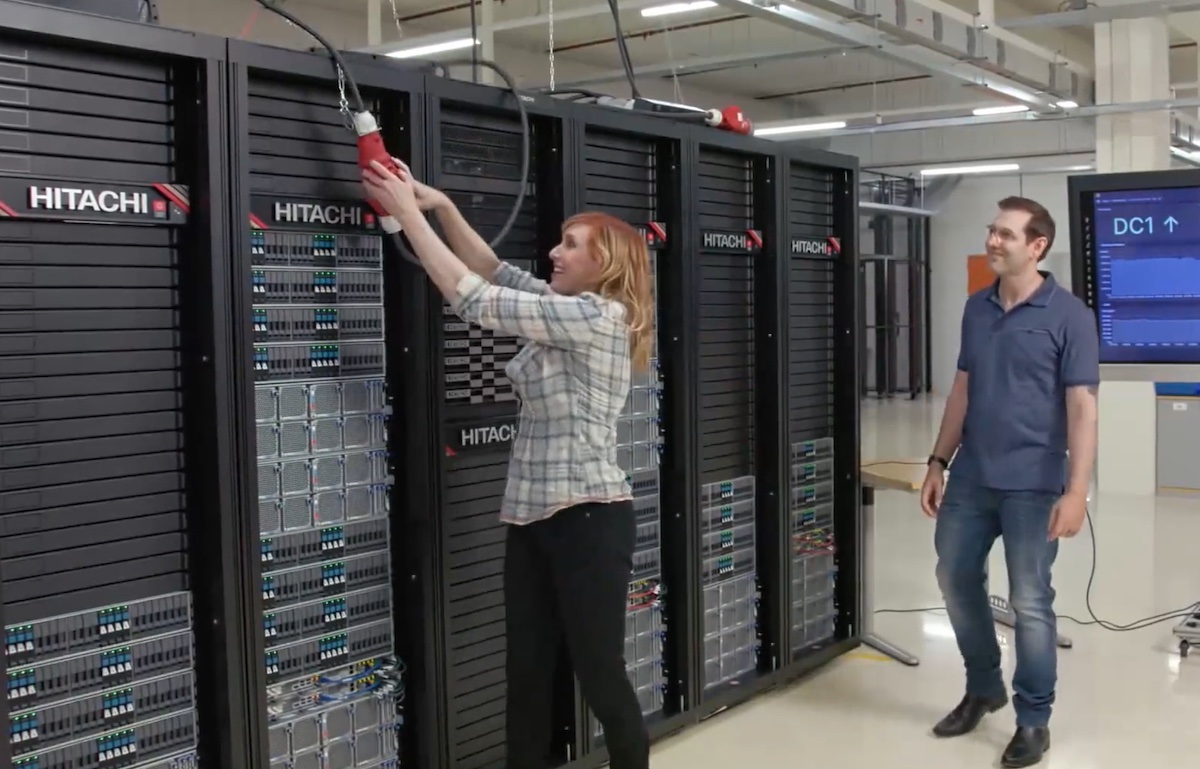
Challenging the Hitachi Vantara Center of Excellence
Availability of IT systems requires more than just continuous operation. All elements of the system stack must be fully-functional and offer the same level of service required to serve the users of the application. Historically it has been difficult to achieve this, since there are so many elements of a system that can be disrupted, from physical factors like electricity and cooling to software and business issues. One of the goals of enterprise storage architecture and design is to provide continuous availability and service levels both inside and between multiple datacenter. For decades, Hitachi Vantara has been at the forefront of this effort.
We recently discussed the topic of availability with William Jansen van Nieuwenhuizen of the Hitachi Vantara Center of Excellence. His team conducts over 1,300 Proofs of Concept (POCs) and demos annually, many focusing on high availability. They take a proactive approach to testing and validating complete storage and platform solutions in their effort to design for high availability. By consistently engaging in POCs and demos, the Center of Excellence stays on top of the latest technological advancements and also helps share their insights with customers and the broader IT community.
But the Center of Excellence faced a real challenge recently when the one and only Kari Byron (of Mythbusters fame) came on-site to record a video with William and his team. The Unbreakable video series shows what happens to a simulated production application when Byron literally pulls the plug on a Hitachi Vantara storage system!
Pushing the Limits of High Availability
While recording the Unbreakable video focused on system availability, Kari Byron surprised William by unplugging the power cable. Although the team knew this was coming and were confident in their solution, we winced together to see it happen in real time! Hitachi Vantara systems are designed for continuous availability in the face of a power loss, but it’s rare to see someone literally pull the plug! In our conversation, we discussed the distinction between availability and reliability in the context of this video. Although these topics are frequently discussed, it’s rare to see such a hands-on demonstration.
We then discussed the multifaceted nature of high availability. Understanding that availability refers to continuous access to data at the system level, while reliability operates at a component level, is crucial for designing resilient IT architectures. The Unbreakable demonstration shows how these concepts are applied in real-world scenarios. It featured three data centers in the same room that represented a multi-site deployment with both near and far data centers designed to be resilient to localized disasters.
Another key aspect of failover is the failback process, a historical challenge for high-availability systems. Traditionally, failing back after a disruption was a complex task that often led to additional outages. Hitachi Vantara’s confident demonstration of failover shows how far that aspect has come in the last few decades. And their promise that failback is not only practical but simple is even more impressive to those of us who have focused on multi-site storage architecture throughout our careers.
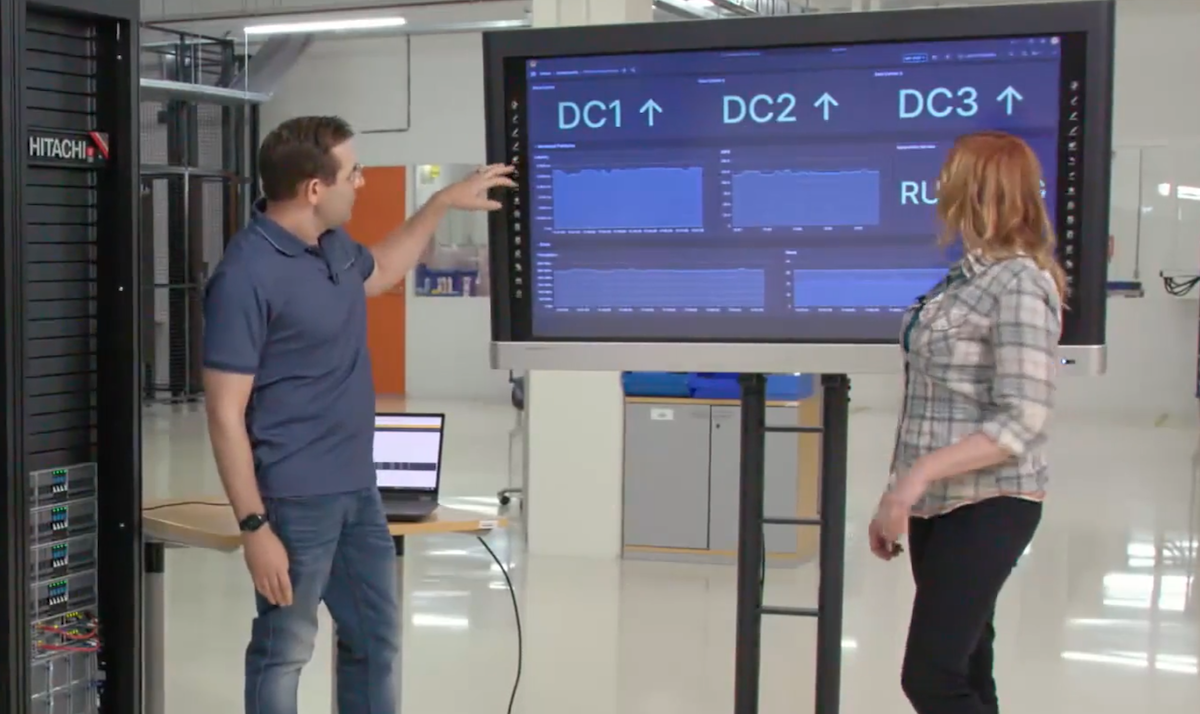
Proving High Availability Every Day
Achieving high availability is not a simple matter. System components, from storage to applications, must be designed to continuously operate even as elements are lost. And they must be designed to reconnect and “fail back” afterward.
The Hitachi Vantara Center of Excellence is uniquely positioned to demonstrate real-world availability of systems. We would love to see a simulated environment with global distribution of systems, including link latency and low bandwidth, as a way to demonstrate that their solutions are capable of continuous operation. And a demonstration of re-convergence and recovery afterward would be even more impressive.
Customers would benefit from testing the availability of their solutions as well. Although many would enjoy literally pulling the plug or pressing the emergency power-off button, it is more practical to simulate these failures in software. This type of testing will prove that systems are continuously available and can recover after a failure, and will also reveal any gaps in coverage through the stack.
Stephen’s Stance: Unbreakable Availability
We truly enjoyed Hitachi Vantara’s demonstration of high availability through the entire “Unbreakable” video series. Kari Byron’s enthusiasm in the face of the IT professionals she was paired with really brought the message of “unbreakable” IT systems home. As organizations continue to navigate the complexities of high availability, demonstrations like these prove that it is possible to design IT infrastructure solutions that can withstand real disruptions and uncertainties.

